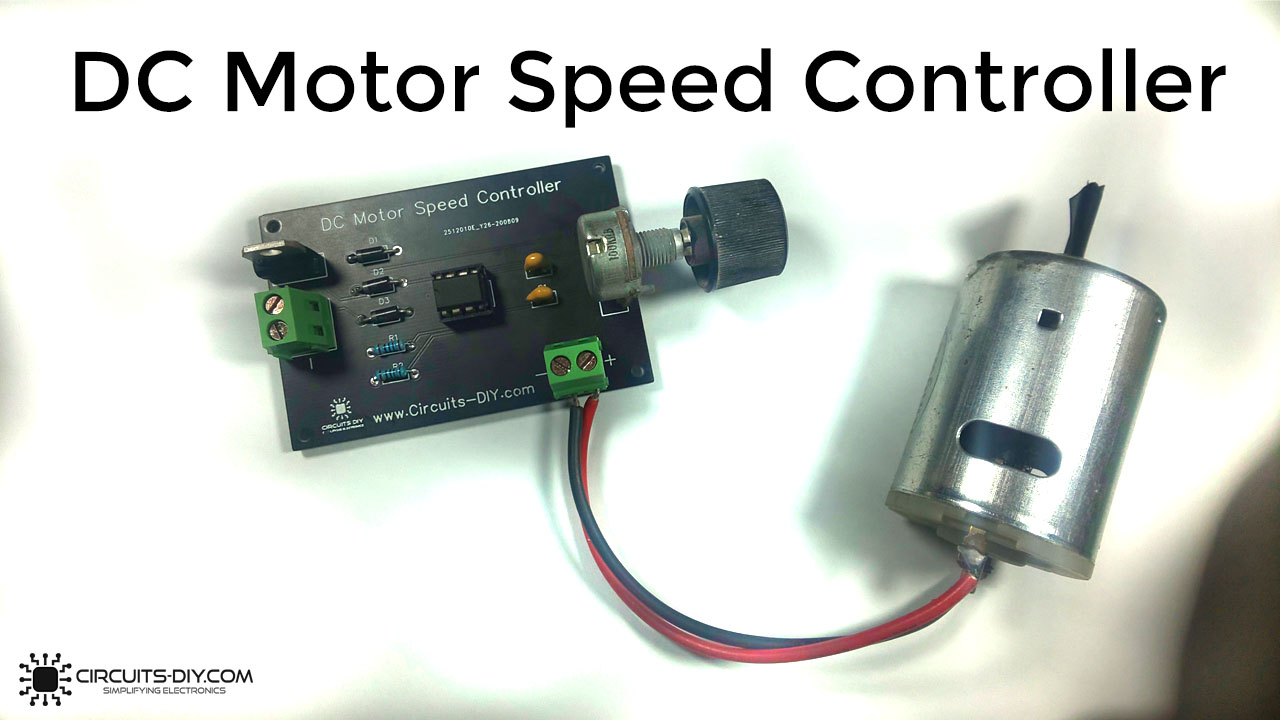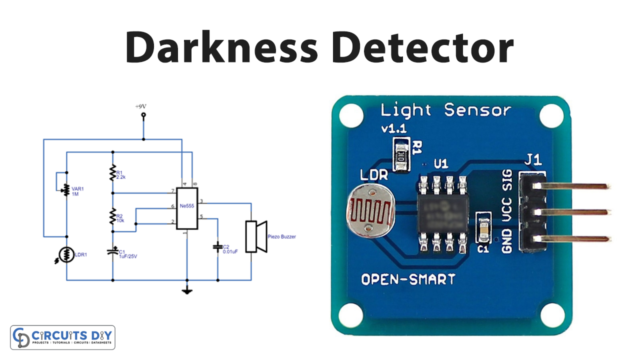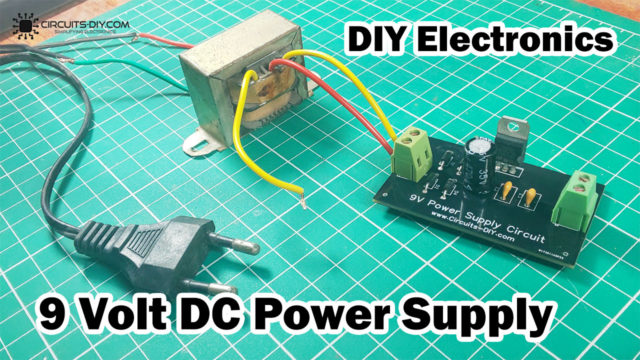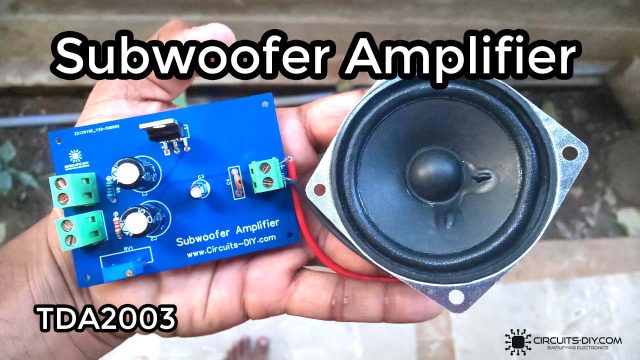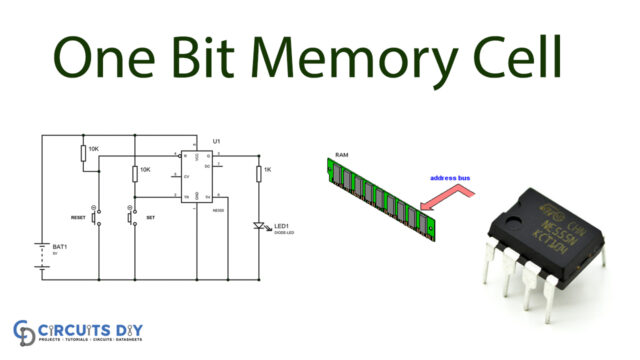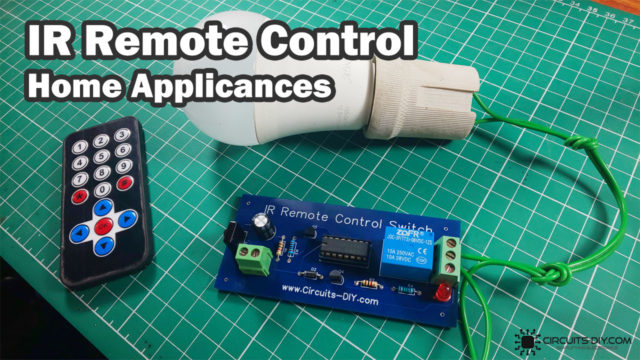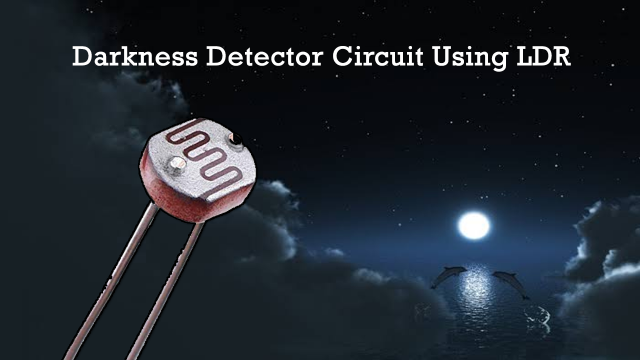What is a PWM DC Motor Controller?
Directional & speed control (RPM) for AC/DC Motors can be achieved through various methods. It is essential to be able to control the speed & direction of DC drives in industries such as textile, mechanical & electrical for a number of factory processes. In this article, we will take a look at how you can easily design a PWM DC Motor Controller with a NE555 timer IC using EasyEDA & JLCPCB services & a small number of other components.
PWM (Pulse Width Modulation) is an analog control technique through which we can generate a variable square wave signal, by turning on and off the power going to any electronic device at a fast rate. The average voltage depends on the duty cycle of the signal. Here, the NE555 precision timer IC is running in the astable mode in order to generate a free-running PWM signal. You can check our previous article on astable multivibrators to learn more about their operation.
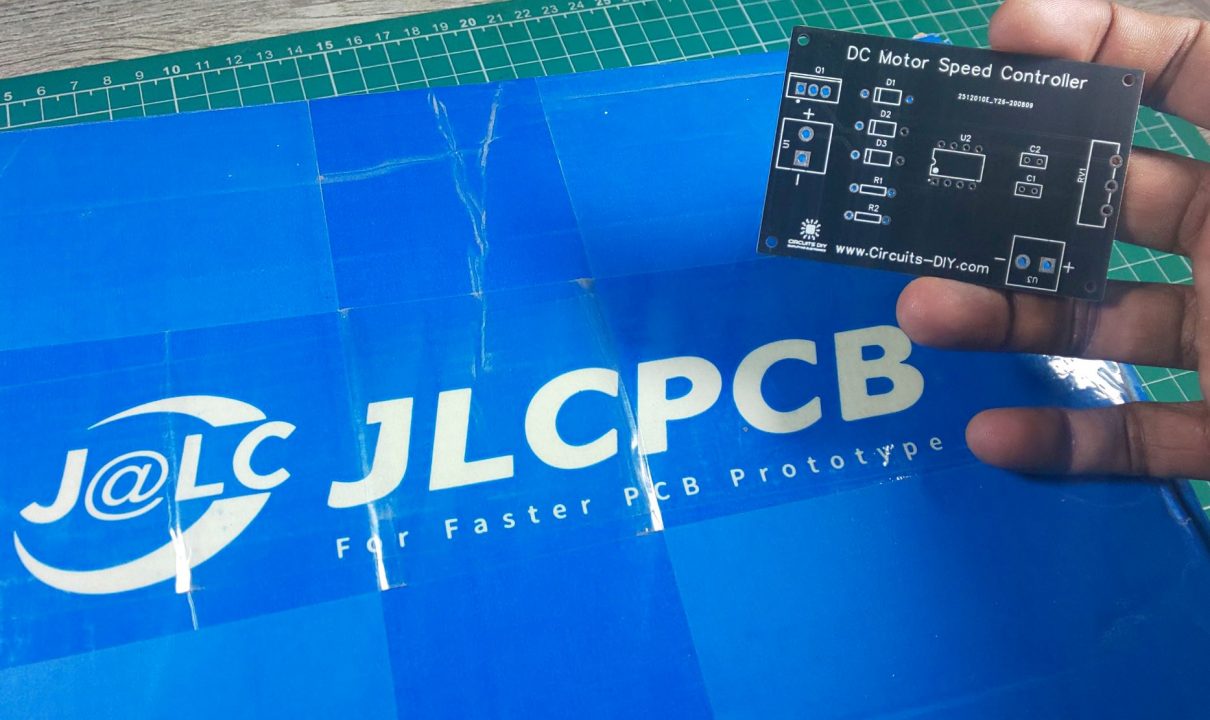
JLCPCB is the foremost PCB prototype & manufacturing company in china, providing us with the best service we have ever experienced regarding (Quality, Price Service & Time).
Hardware Components
The following components are required to make DC Motor Controller Circuit
| S.no | Component | Value | Qty |
|---|---|---|---|
| 1. | DC Motor | 12V/6000 – 10000RPM | 1 |
| 2. | PWM DC Motor Controller PCB | JLCPCB | 1 |
| 3. | IC | NE555 Timer | 1 |
| 4. | Darlington Transistor | TIP122 | 1 |
| 5. | Potentiometer | 100K | 1 |
| 6. | Diode | 1N4007 | 3 |
| 7. | Capacitors | 100nF | 2 |
| 8. | Resistors | 1K | 2 |
| 9. | Soldering Iron | 45W – 65W | 1 |
| 10. | Soldering Wire with Flux | – | 1 |
| 11. | DC Battery | 12V | 1 |
| 12. | Battery Clips | – | 1 |
| 13. | Soldering Stand | – | 1 |
| 14. | Jumper Wires | – | As per need |
NE555 IC Pinout

For a detailed description of pinout, dimension features, and specifications download the datasheet of 555 Timer
TIP122 Pinout
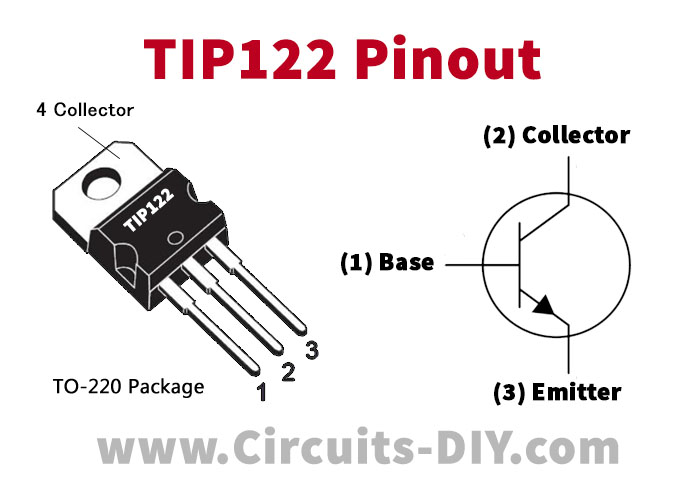
For a detailed description of pinout, dimension features, and specifications download the datasheet of TIP122
DC Motor Controller Circuit
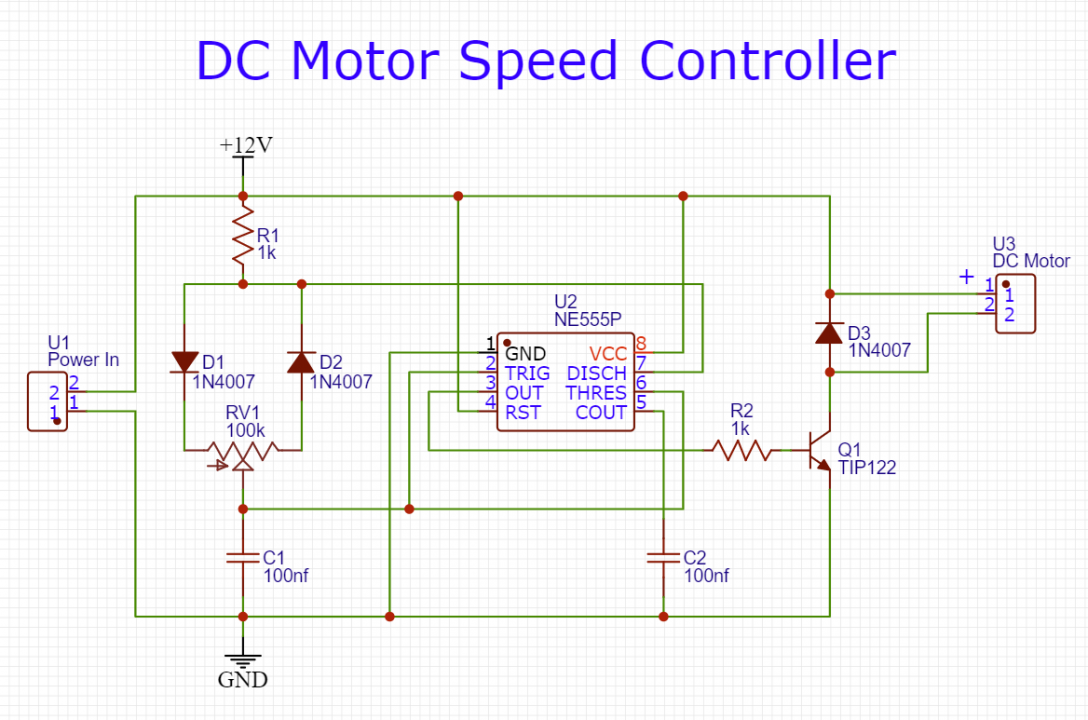
Useful Steps
1) First of all, solder the 8 – pin IC base on the PCB board.

2) After that, place the NE555 timer IC in the IC jacket.
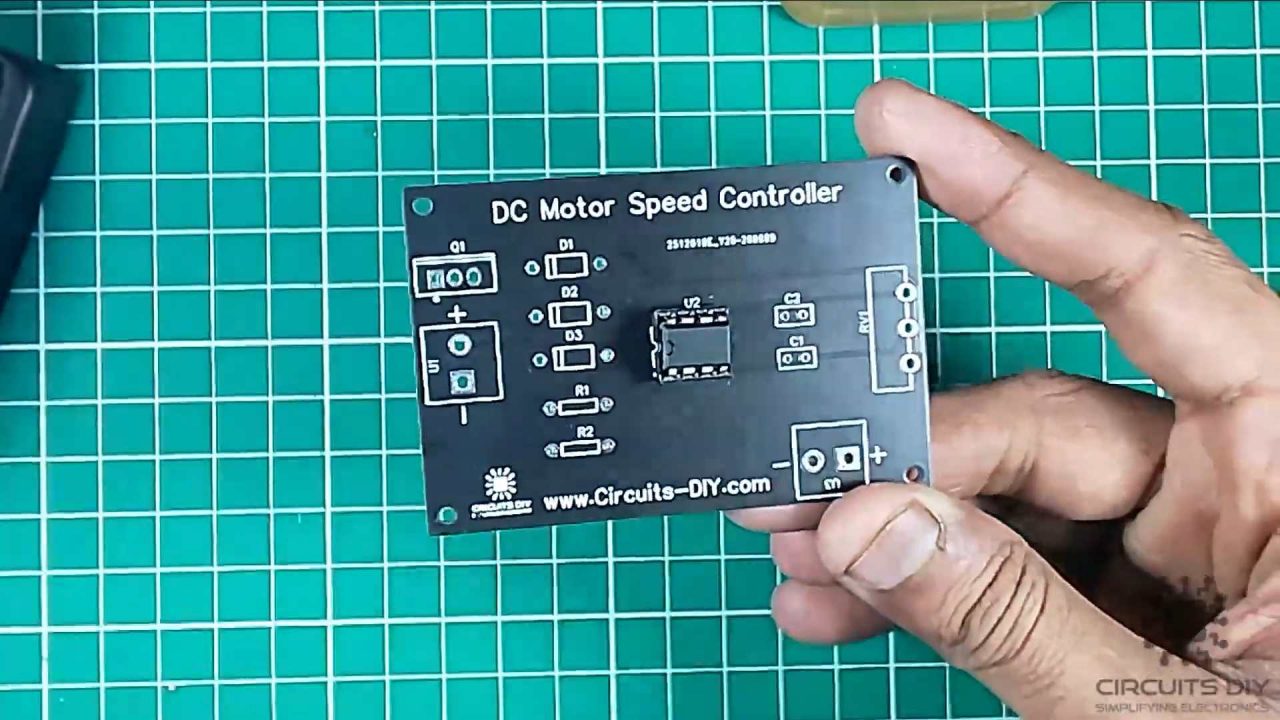
3) Solder all the resistors and diodes on the PCB board.

4) After that, solder the 100nF ceramic capacitors on the PCB board.
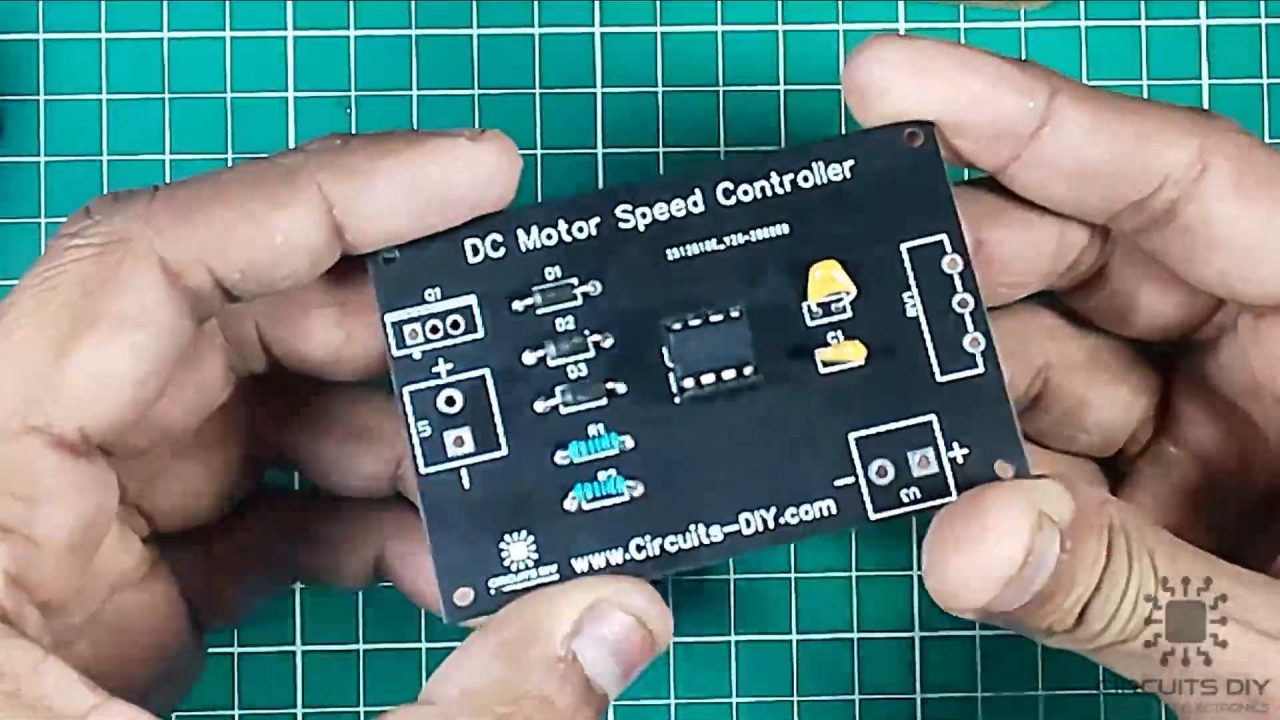
5) Solder the 100K pot on the PCB board.

6) After that, solder the TIP122 transistor on the PCB board.
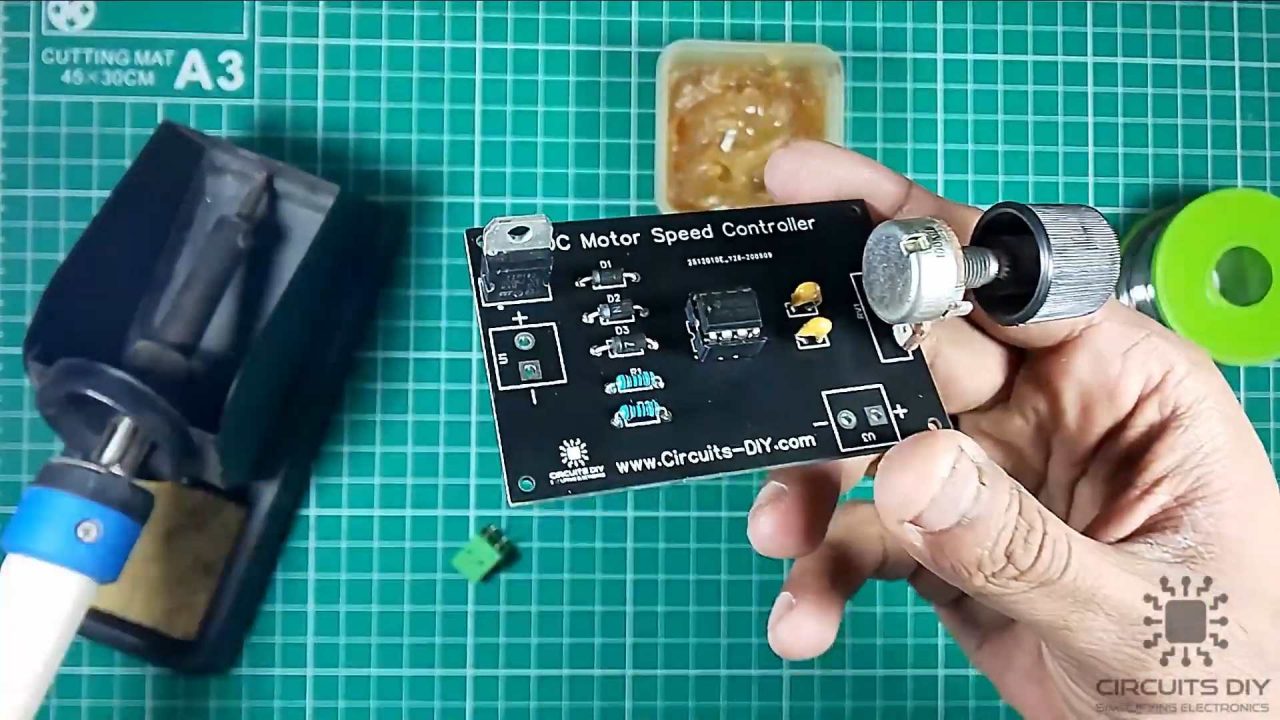
7) After that, solder the input and output terminal block connectors on the PCB board.
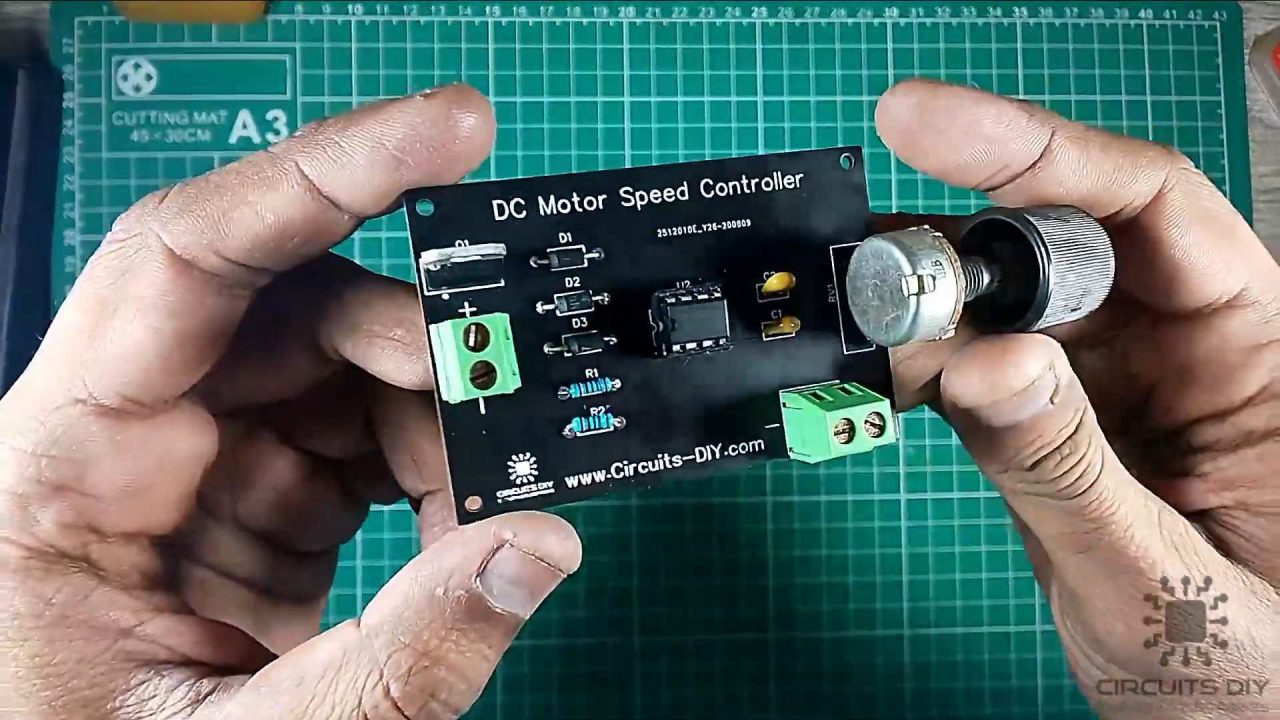
8) Connect the 12V DC battery with the input terminal block connectors.

9) After that, connect the 12V DC motor with the output terminal block connectors on the PCB board.
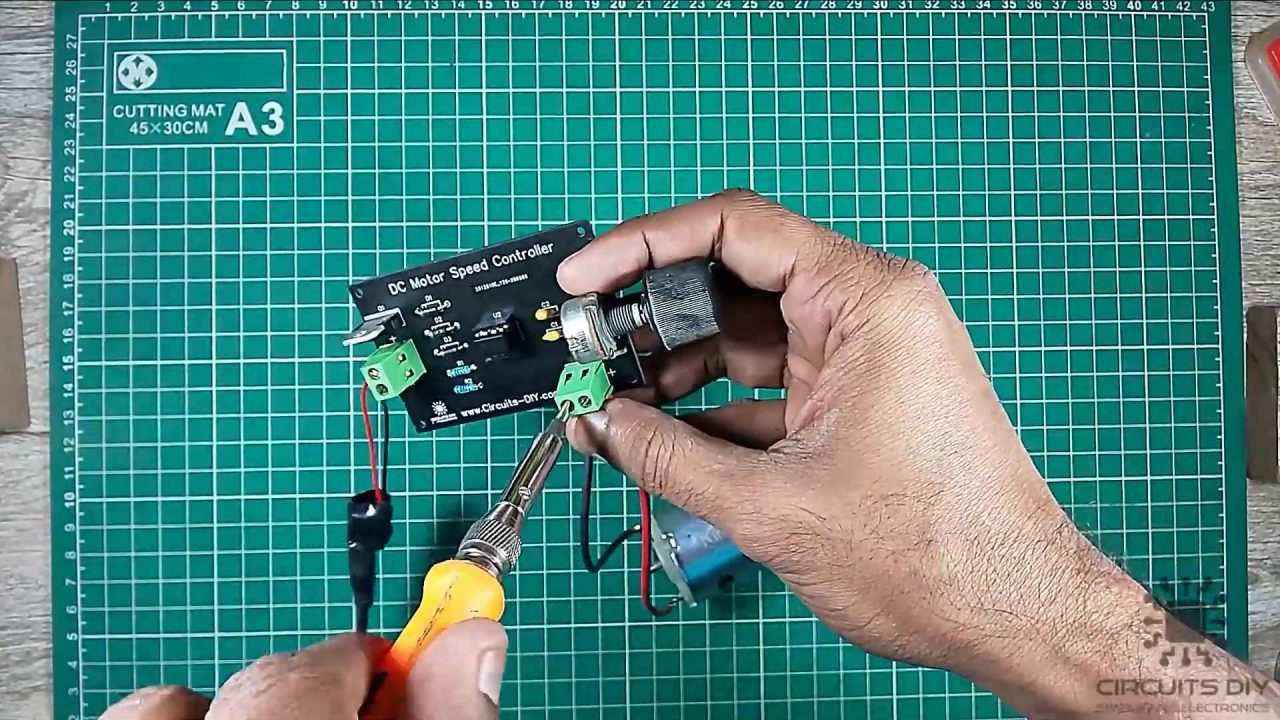
10) Power up and test the circuit.

Working Explanation
The working of the circuit is as follows, the 555 timer IC is configured to operate in astable multivibrator mode, producing a free running square wave (PWM). A 100K pot is used to control the time period of the duty cycle of the 555 timers, effectively controlling the speed of the motor. The control terminal of the timer IC is connected to a 100nF capacitor to remove an external noise from the terminal. The active low reset pin 4 is connected to the Vcc of the circuit in order to prevent unwanted reset of the output.
If the motor you want to control exceeds the 555 timer output current sink/source rating of 200mA, you can use a Darlington pair transistor/MOSFET (TIP122) to drive the DC motor as it can handle currents up to 5A. Also, use a flyback diode (1N4007) in parallel to the motor in order to prevent any voltage spikes.
Applications
- Used in applications such as conveyor belts & escalators in order to eliminate power losses when the system is in an idle state.
- Also used in devices such as pumps and blowers to control flow and energy.

